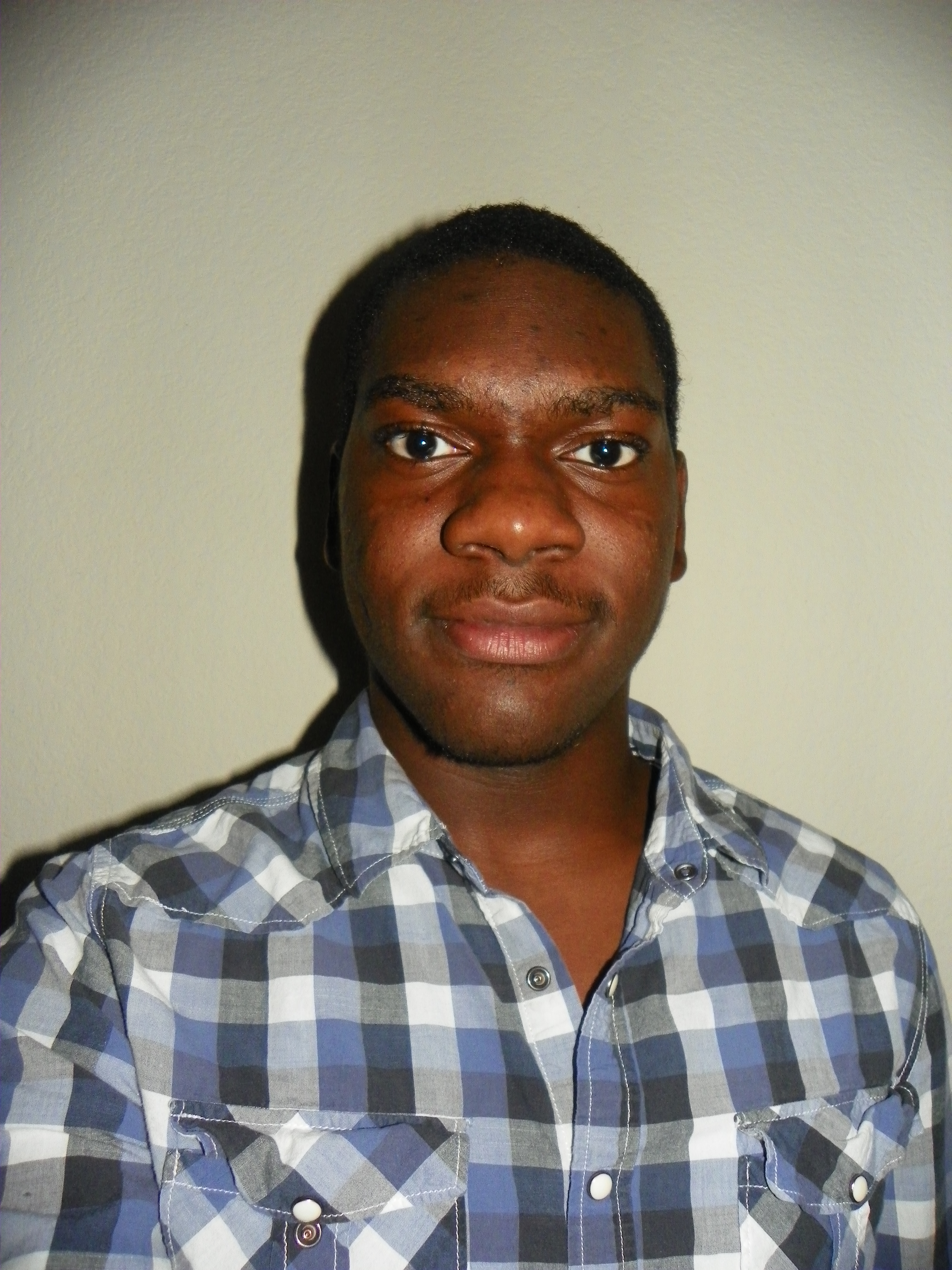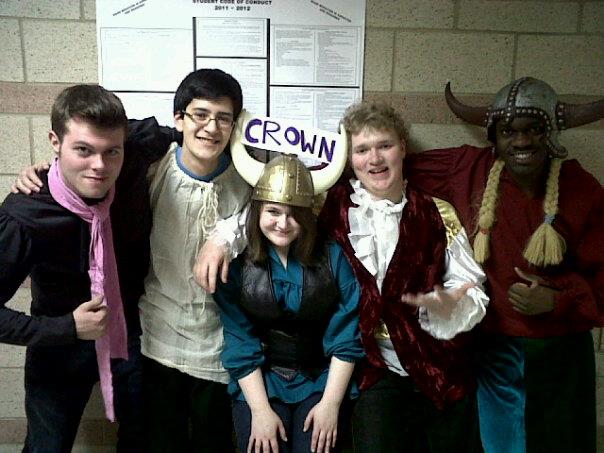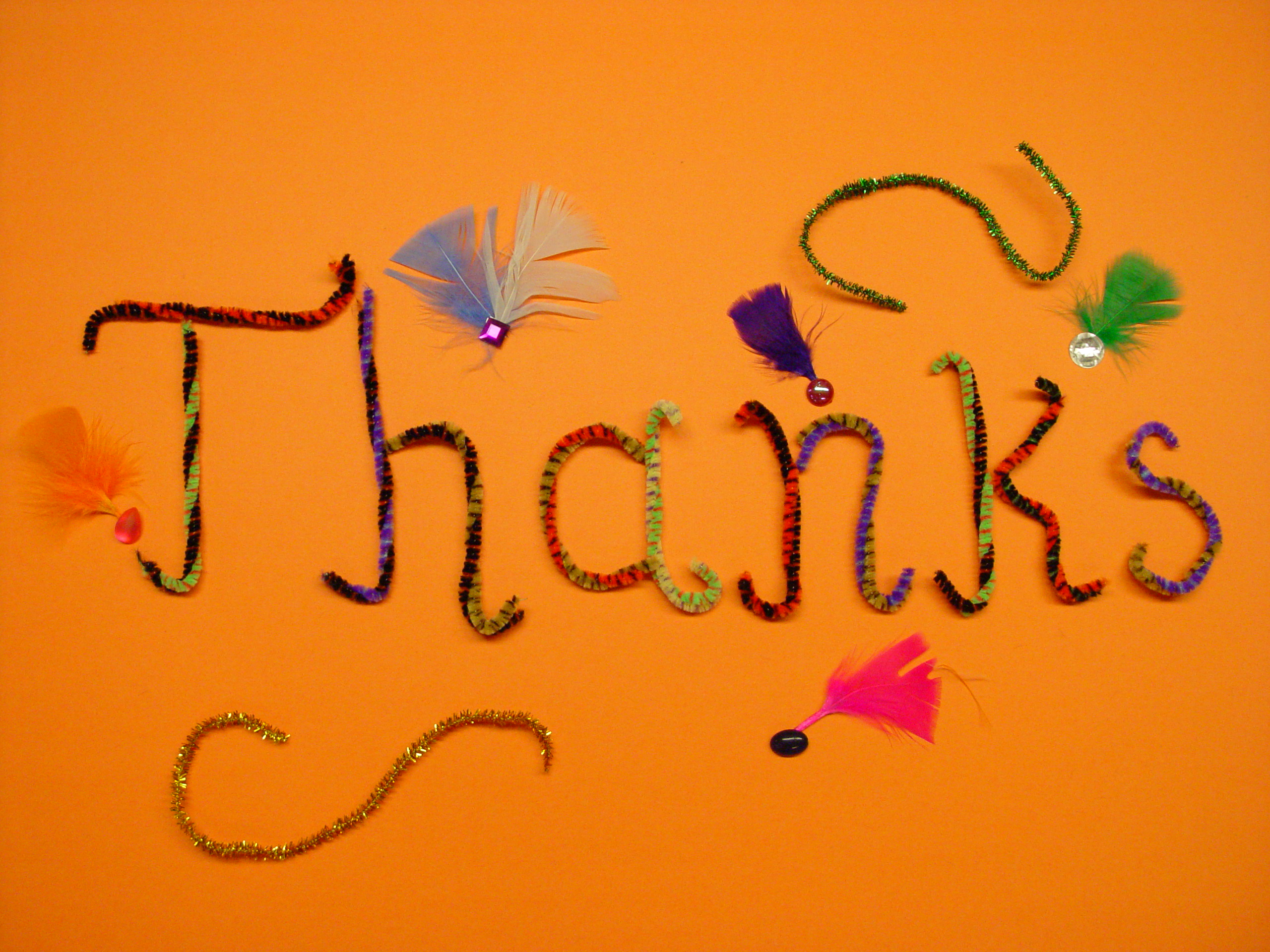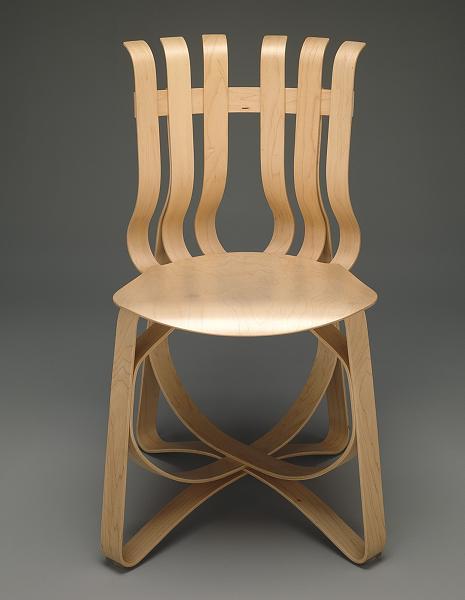Tell us a little about yourself.
I am a senior at
TAG Townview. I like TAG because it is more liberal in comparison to other magnet schools. TAG shows you different careers and exposes you to different subjects, as opposed to having a concentration or focused view on your education. You gain a broader sense of careers to choose from.

Nicholas Okafor
How did you get involved in organizing this festival?
It started last year, when I was a junior. I applied to the Bezos Scholars Program @ The Aspen Institute. The Scholars Program funds a trip for twelve juniors nationwide, with accompanying educators, to the Aspen Ideas Festival. I heard a speaker from the Rhode Island School of Design speak about STEAM (Science, Technology, Engineering, Art, Mathematics), and how he saw it as the future of education. The Scholars Program encourages the students to come back and hold Local Ideas Festivals about a topic they feel needs to be addressed in their community.
What do you hope to achieve with the festival? What can participants expect?
I hope to broaden the minds of my community. What I’ve seen is a constant push toward STEM (Science, Technology, Engineering, Mathematics), with the arts being ignored. What I want to do is show my community that you shouldn’t focus on one or the other, but instead incorporate both into STEAM. So many times in history these ideas have blended together: the Renaissance is a perfect example of that.
For this festival, we want to break any previous misconceptions that art and STEM cannot be mixed. We want to show how art can be implemented through science for students, parents, and educators. There will be a short presentation at the beginning, followed by a keynote speaker. The senior class is sponsoring a donation lunch, then participants will go into breakout sessions for students, parents, and educators. The student session is geared at breaking misconceptions and opening their eyes to STEAM careers. The educator session is geared at teachers working together to show how they can implement art in their curriculum. The parent session shows why STEAM is important for the child, as well as STEAM activities their child may be able to participate in.
Do you do anything creative?
Since I started high school, I’ve been very active in theater, and I’m currently President of the International Thespian Society. My two passions are theater and physics. Even with that, I can see STEAM there; not only are there physical aspects of theater such as lighting and stage, but there is the theatricality of physics and how you can take a simple motion and turn it into a very complex, inside-out problem.

Nicholas and friends from TAG Townview's fall 2011 production Reduced Shakespeare
Where do you see yourself in ten years?
I’m still trying to figure that out. At the moment, I’m focused on college. I’ve been accepted to Texas A&M and MIT, and I’m waiting for a few others to respond. I definitely want to study Engineering for my Bachelor’s degree, and hopefully double major in something like Design, which could help me explore engineering further. Just the other day in Psychology, I learned about functional fixedness, when we no longer see objects for what they are. For example, we see a coffee can, but we can also see that it can be so many different things. Studying Design with Engineering could have the same impact on me.
One concept stressed in the Aspen Ideas Festival is the path of the social entrepreneur. A social entrepreneur finds a problem in the community or on a global level and tries to address it. By combining Engineering and Design, I can help address problems. Hopefully, I’ll be helping people in ten years, whether in my town or across the globe.
The STEAM Through Education Festival takes place February 25 from 10:00 a.m. to 2:30 p.m. at Townview Magnet Center, 1201 E. 8th Street, Dallas, 75203. For more information or to register, please visit the festival web site or contact Nicholas at nrokafor@yahoo.com.
Melissa Nelson
Manager of Teaching in the Community










